
Top Real Estate Investment Destinations in Vietnam for 2025
Vietnam is rapidly establishing itself as one of Southeast Asia’s most promising real estate markets. With its robust economic growth, expanding middle class, and sweeping reforms in land and housing laws, the country offers both domestic and foreign investors a golden window of opportunity. As Vietnam heads into 2025, real estate investment is no longer just about securing property; it’s about making smart choices in emerging regions and high-growth sectors.
In this comprehensive guide, we explore why Vietnam is an increasingly attractive location for real estate investment and highlight the best cities and regions to invest in. Whether you’re eyeing a luxury condo in a bustling metropolis or a beachfront villa with rental potential, Vietnam’s property market has something to offer everyone.
Why Vietnam is a Rising Star in Real Estate Investment?

- Economic Growth and Investor Confidence
Vietnam’s economy continues to outperform regional peers. In 2024, the country achieved a GDP growth rate of 7.09%, a significant leap from 5.05% in 2023. Forecasts from the World Bank and Oxford Economics project growth between 6.5% and 6.6% in 2025. This macroeconomic stability supports growing consumer purchasing power and drives demand across residential, commercial, and industrial property sectors.
Implemented foreign direct investment (FDI) reached USD 25.4 billion in 2024, a 9.4% year-over-year increase. Much of this capital is flowing into real estate, affirming the sector’s potential and the confidence global investors place in Vietnam.
- Infrastructure Expansion and Urbanization
The Vietnamese government is investing heavily in national infrastructure: new expressways, urban metro lines, smart city developments, and international airport upgrades. These projects not only enhance connectivity but also open up new real estate zones previously overlooked by investors.
- Legal Reforms Boosting Transparency
Landmark updates in the 2024 Land Law and Housing Law have improved regulatory clarity and investment transparency. Reforms include:
- A modernized land price framework reflecting true market value
- Simplified project approval processes
- Relaxed restrictions on foreign ownership of property
These changes are set to foster a new growth cycle for real estate in 2025.
Top Cities and Regions to Invest in 2025
Ho Chi Minh City (HCMC): Vietnam’s Economic Engine
Despite a 2.5% price correction in 2024, Ho Chi Minh City continues to assert its position as Vietnam’s premier real estate market. Far from a sign of decline, this adjustment reflects a market recalibration after years of rapid growth—and sets the stage for a healthier, more sustainable cycle.
With the new land valuation framework rolling out in 2025, investor confidence is expected to rebound, supported by improved pricing transparency and clearer regulatory guidance. As Vietnam’s largest city and business epicenter, HCMC boasts robust rental demand, a dynamic economy, and transformative infrastructure projects, including Metro Line 1 and the Thủ Thiêm New Urban Area.

- Investment Highlights:
- District 1 and District 3 for commercial real estate
- Thu Duc City for residential and tech-oriented developments
- Binh Thanh and District 7 for mid-to-high-end apartments
Example: A three-bedroom apartment in Thao Dien (District 2) offers strong rental income potential and long-term value appreciation due to its popularity among expatriates.
Hanoi: The Cultural and Political Capital
Hanoi’s real estate market is experiencing a remarkable surge, driven by a combination of economic momentum, regulatory reform, and infrastructure development. According to market data, in Q3 2024, apartment prices in the capital climbed by an impressive 22.3% year-over-year, reaching USD 2,547 per square meter—one of the strongest growth rates among major cities in Vietnam.
This rapid appreciation is underpinned by a series of government-led housing reforms aimed at increasing market transparency and encouraging both local and foreign participation. At the same time, ongoing infrastructure upgrades, including the expansion of metro lines, new urban ring roads, and smart city initiatives, are transforming Hanoi’s suburbs into attractive investment zones.
Investor interest remains high, particularly in mid- to high-end residential developments, as the city balances its rich cultural heritage with a growing appetite for modern, urban living. New supply in satellite towns like Gia Lâm and Đông Anh is also gaining traction, offering more affordable entry points with strong future potential.
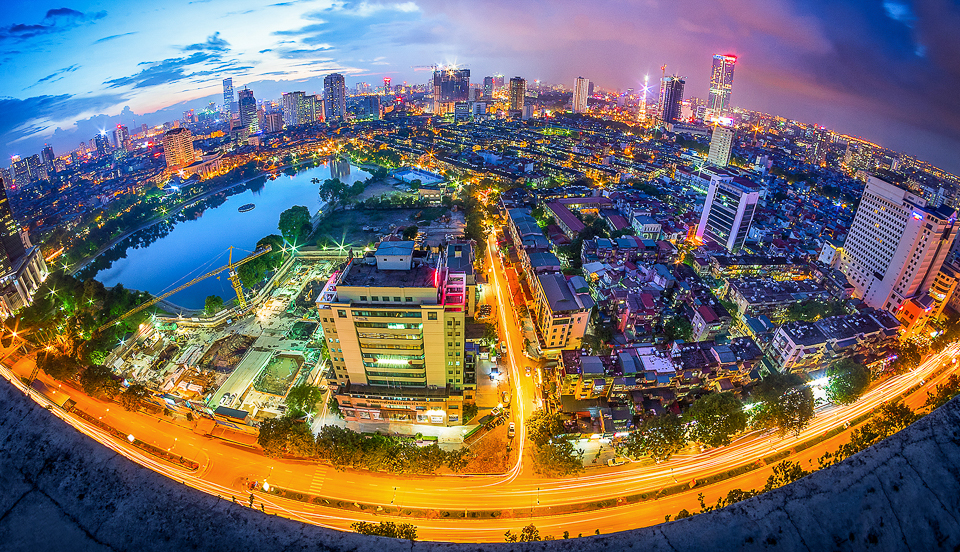
- Hotspots to Watch:
- Hoan Kiem District for luxury and historical value
- Tay Ho and Cau Giay for family-oriented developments
- Gia Lam and Dong Anh as affordable alternatives with high growth potential
Example: A condo in Tay Ho offers high liquidity and prestige, making it ideal for long-term holding or rental income.
Da Nang: Tech and Tourism on the Rise
Da Nang is no longer just a picturesque beach getaway—it’s fast evolving into a dynamic economic and technological center on Vietnam’s central coast. While it remains a top destination for tourists thanks to its clean beaches, modern infrastructure, and laid-back lifestyle, the city is increasingly attracting businesses, startups, and high-tech industries.
Key to this transformation is the ongoing expansion of Da Nang International Airport, which is enhancing both domestic and international connectivity. Additionally, the city’s free economic zones and high-tech parks, such as the Da Nang Hi-Tech Park and Information Technology Park, are drawing in foreign investment and spurring demand for office space, commercial land, and high-quality housing.
As the city balances tourism growth with innovation-driven development, it offers a rare opportunity for investors to tap into both leisure and commercial real estate markets. With strong support from local authorities and a reputation for clean governance, Da Nang stands out as a future-ready city with significant long-term potential.
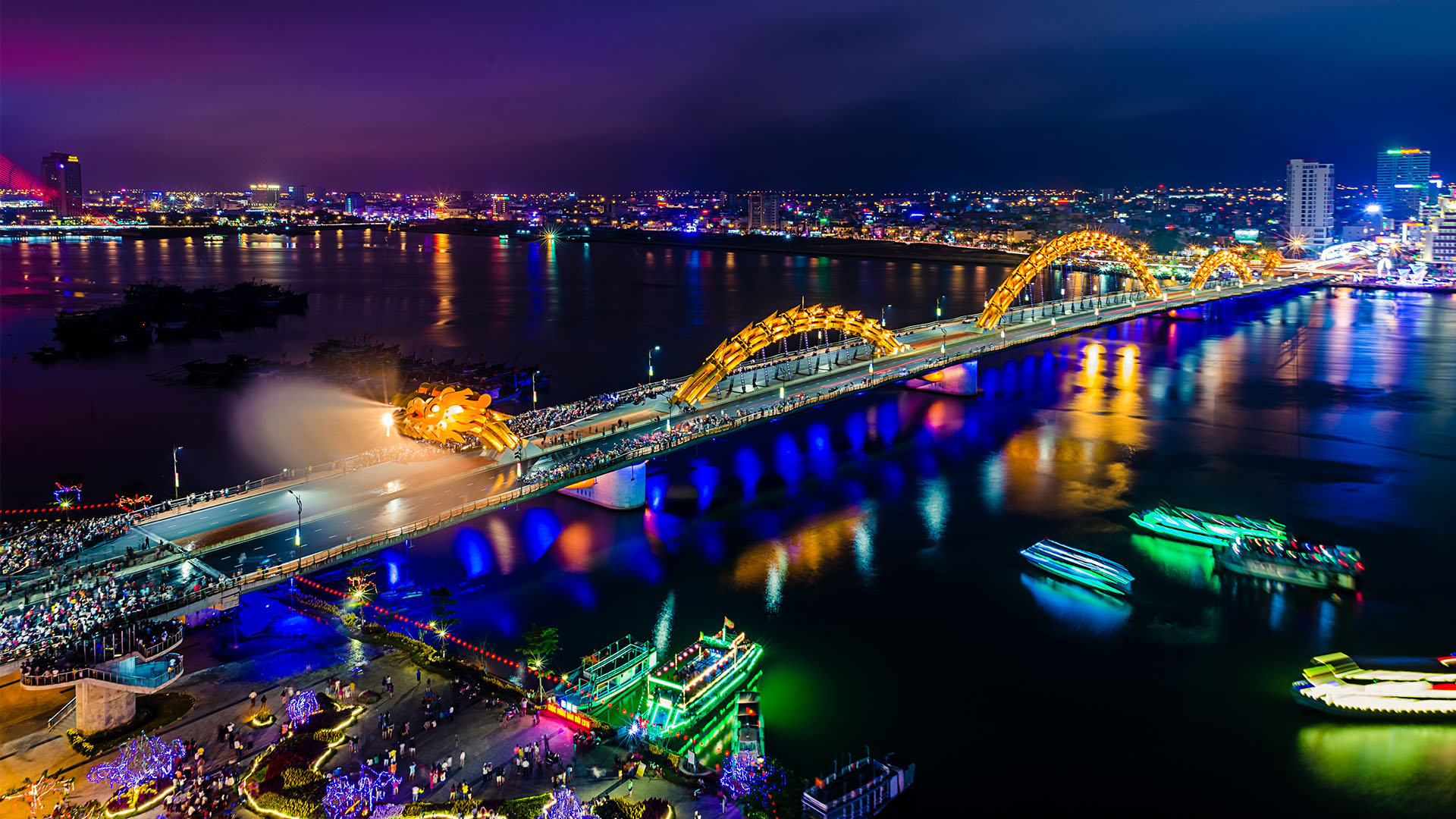
- Why Invest:
- Popular with digital nomads and retirees
- High tourism-driven rental yields
- Sustainable urban planning and cleanliness
Example: Beachfront villas or high-end condos in My Khe offer excellent short-term rental income.
Nha Trang: Affordable Coastal Appeal
Nha Trang’s stunning coastline, turquoise waters, and vibrant nightlife continue to make it one of Vietnam’s most beloved beach destinations. With its combination of natural beauty and urban energy, the city draws millions of domestic and international tourists each year—supporting a thriving hospitality and short-term rental market.
What sets Nha Trang apart is its unique blend of resort-style living and relative affordability. Despite its popularity, property prices remain more accessible than in other well-known coastal cities like Da Nang or Phu Quoc, making it an attractive entry point for investors seeking beachfront assets without premium costs.
As tourism infrastructure continues to improve—with ongoing upgrades to Cam Ranh International Airport and new coastal road developments—the city is positioned for long-term capital appreciation and stable rental yields.
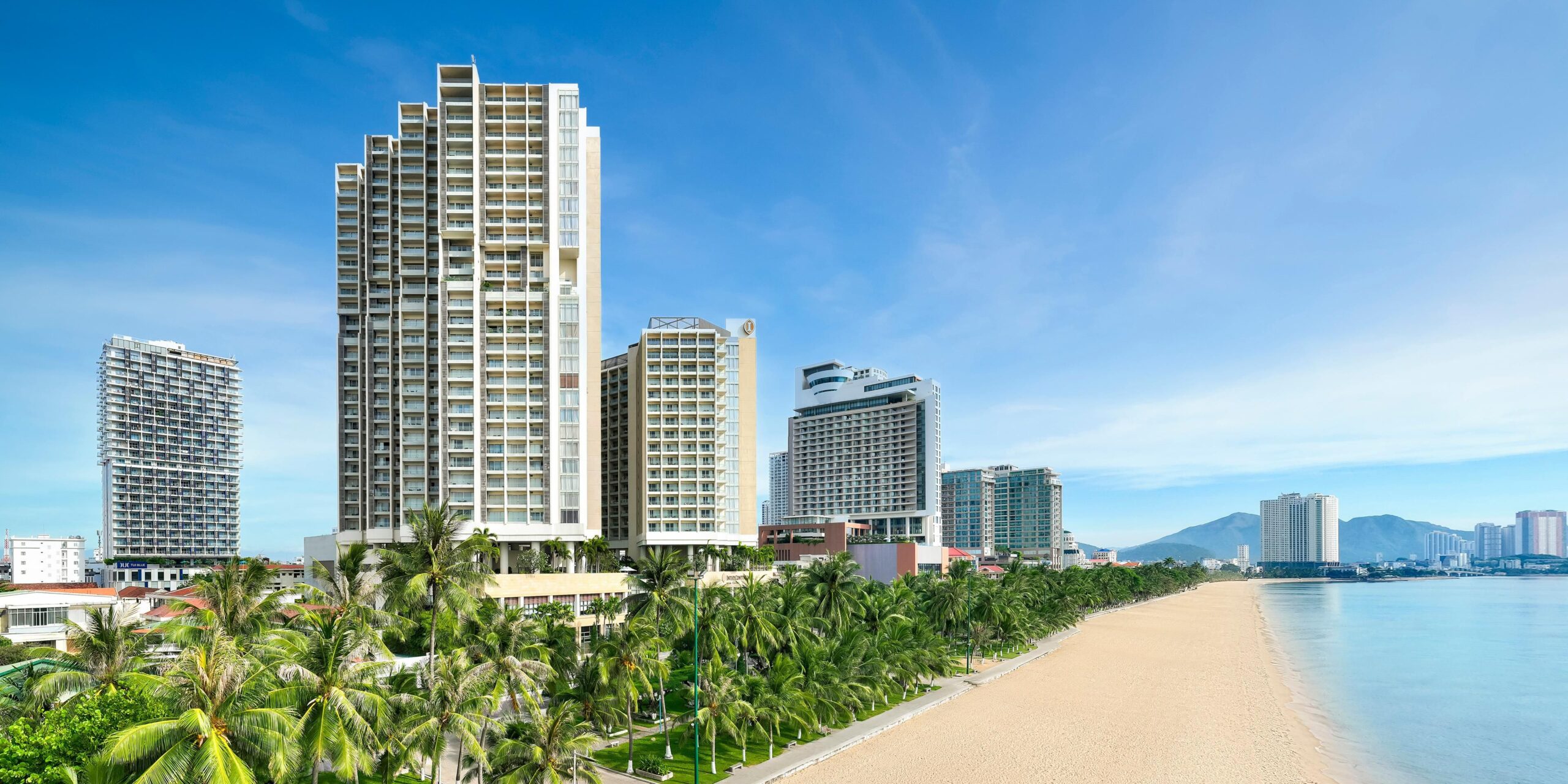
- Emerging Trends:
- Short-term vacation rentals in the Tran Phu Beach area
- Boutique hotels and condotels for tourism businesses
- Oceanfront condos with long-term appreciation potential
Example: A one-bedroom apartment with sea views near Tran Phu Street can offer solid occupancy rates through Airbnb-style rentals.
Quy Nhon and Binh Dinh: The Hidden Gem
Quy Nhơn is quickly gaining recognition as one of Vietnam’s most promising coastal investment destinations. With stunning beaches, rich cultural heritage, and competitive property prices, the city offers strong potential for both tourism-driven and long-term real estate returns.
Major infrastructure upgrades—such as the expansion of Phù Cát Airport, improvements to Thị Nại Port, and enhanced road connectivity to the North-South Expressway—are boosting the city’s appeal to investors in both resort development and logistics.
At the same time, the Nhơn Hội Economic Zone is drawing in manufacturing and commercial activity, supported by favorable government policies. Tourism is also on the rise, with a growing number of domestic and international visitors seeking out Quy Nhơn as a quieter, more affordable alternative to Da Nang or Nha Trang.
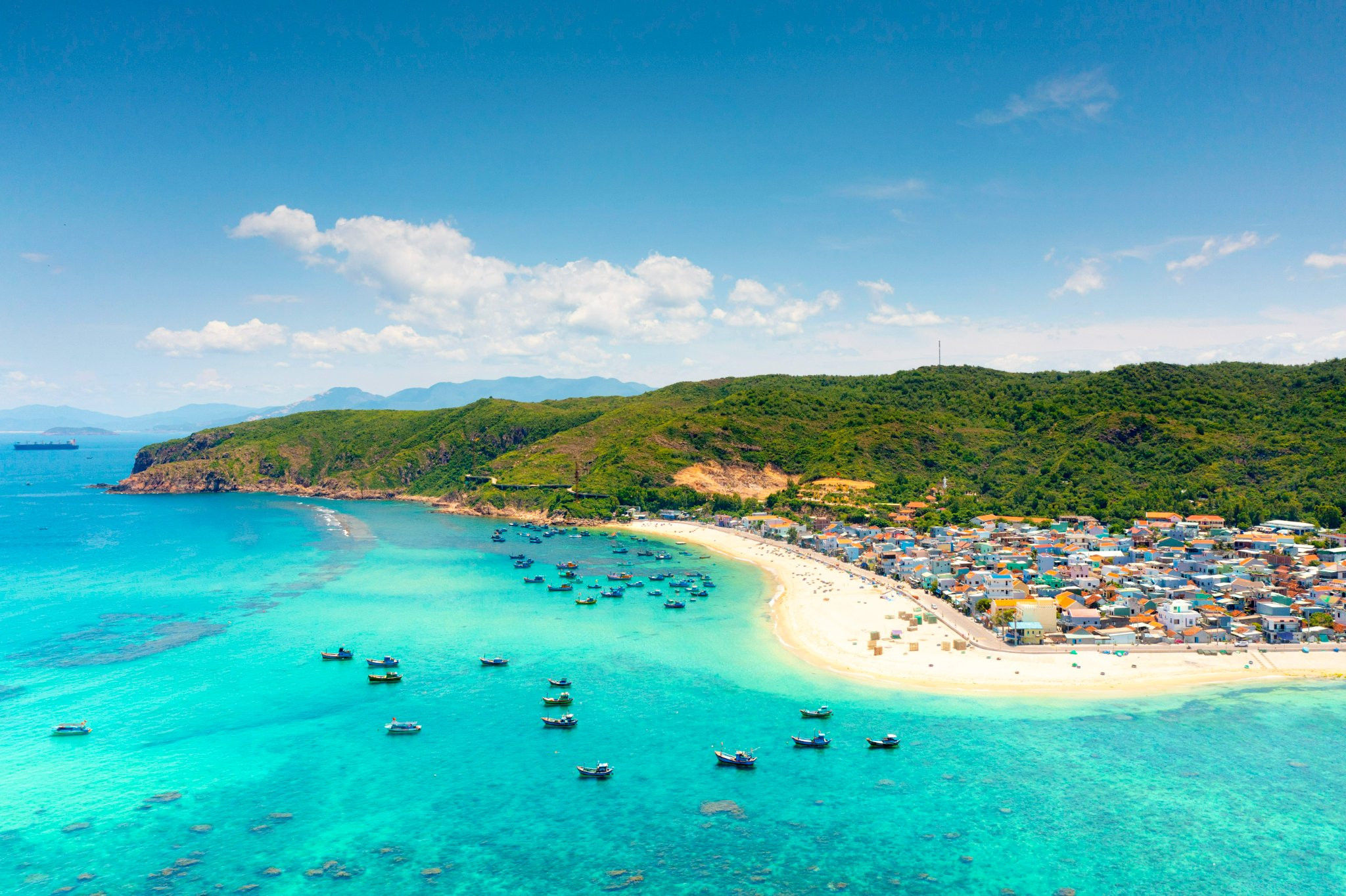
- Ideal For:
- Early-entry investments with high future value
- Eco-resort developments
- Warehousing near industrial ports
Hai Phong: Northern Vietnam’s Industrial Giant
Hai Phong is rapidly emerging as a key industrial and logistics hub in Vietnam. Its strategic location near Hanoi and direct access to global trade routes via Lach Huyen Deep-Sea Port make it a top destination for export-driven manufacturing and commercial development.
The city hosts major industrial zones such as VSIP Hai Phong and DEEP C, attracting global giants like LG and Pegatron. These developments are driving demand for logistics centers, commercial space, and worker housing.
At the same time, Hai Phong is undergoing significant urban transformation, with new highways, bridges, and the upgraded Cat Bi International Airport improving regional connectivity and enhancing its appeal for residential and mixed-use projects.
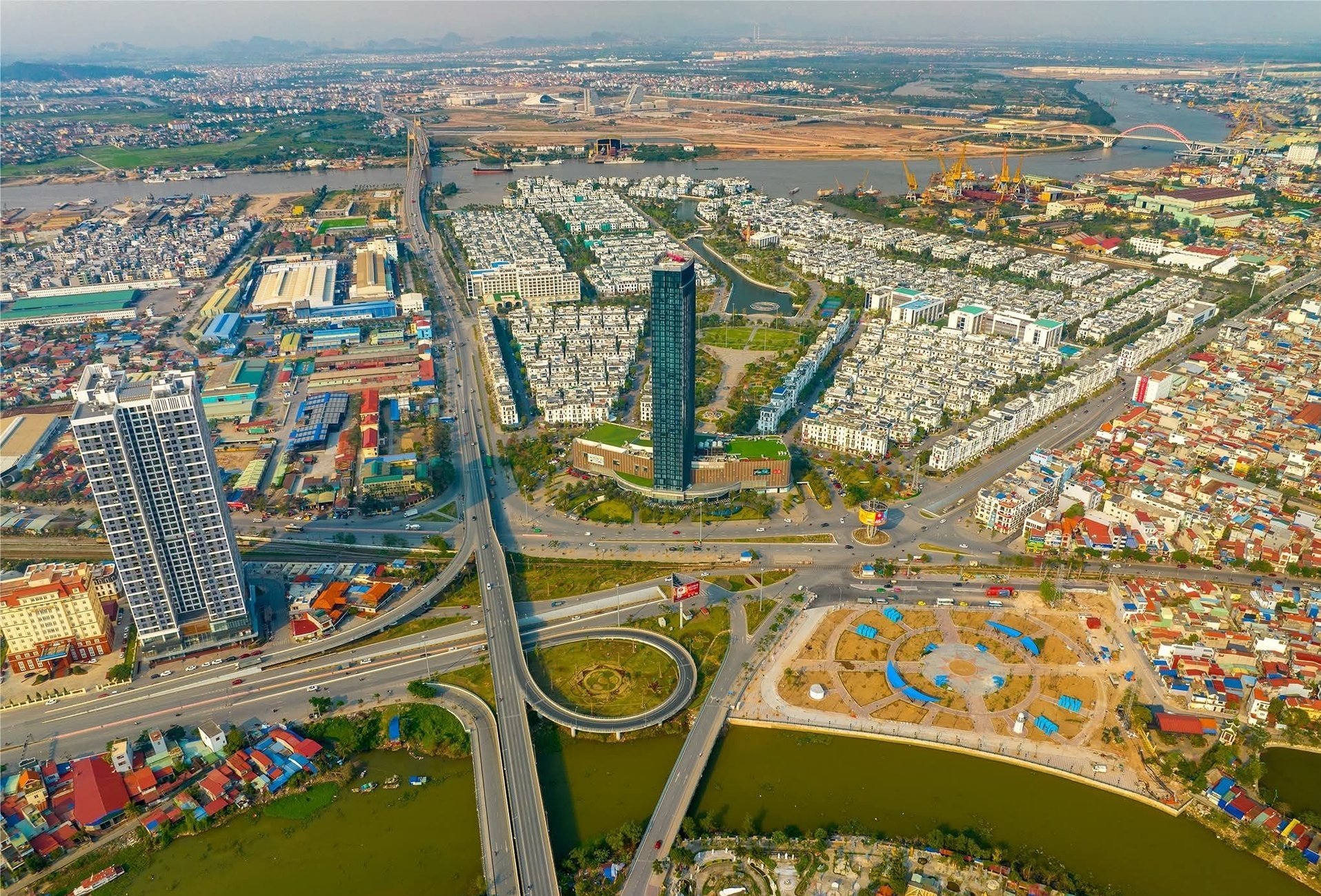
- Investment Prospects:
- Industrial parks in VSIP and DEEP C zones
- Residential projects for factory workers and managers
- Retail and logistics infrastructure
Ba Ria – Vung Tau: Where Industrial Strength Meets Coastal Serenity
Ba Ria – Vung Tau stands out as a unique investment destination that blends heavy industry with high-end hospitality. As home to Vietnam’s major oil and gas infrastructure—including refineries and offshore logistics—this province boasts a steady stream of professionals and expatriates needing long-term housing.
At the same time, its pristine beaches, upscale resorts, and proximity to Ho Chi Minh City are transforming areas like Ho Tram and Long Hai into luxury leisure hubs. The upcoming Long Thanh International Airport and improved expressway connections further enhance accessibility, making it a compelling choice for both residential and tourism-focused real estate development.
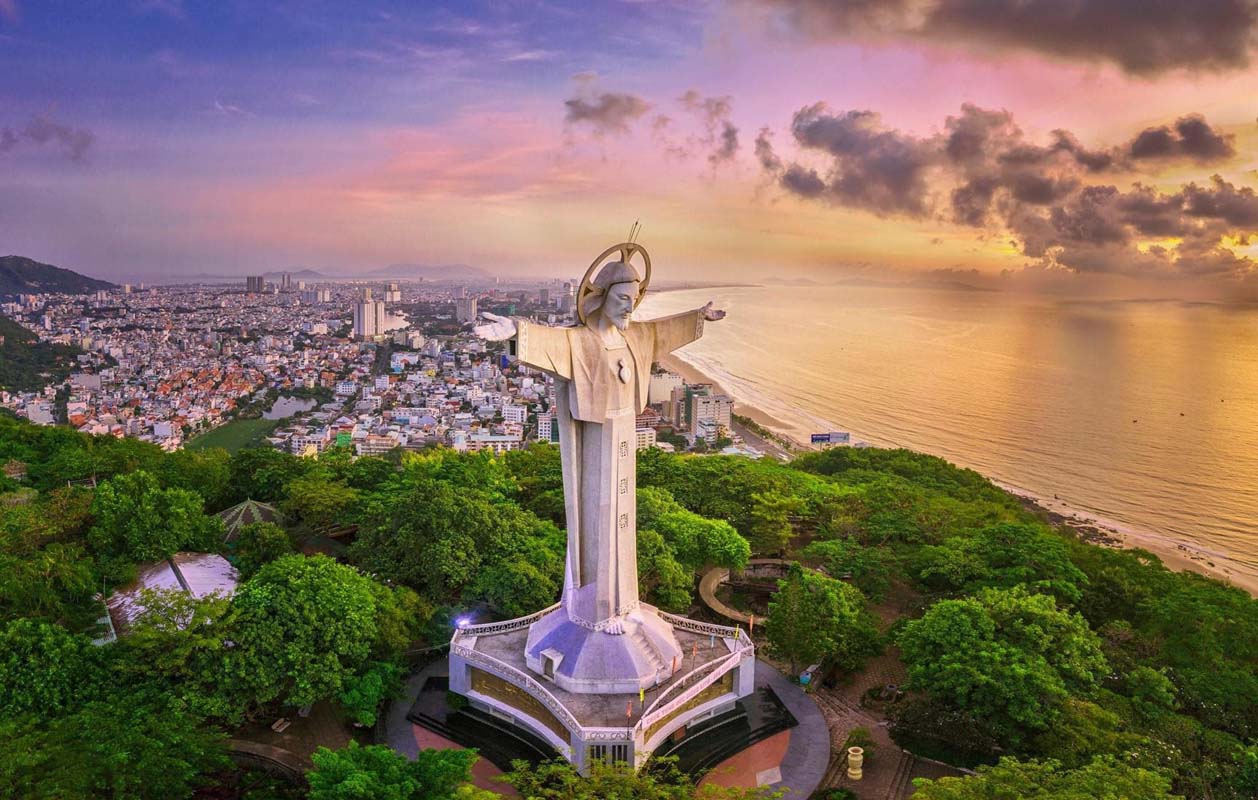
- Why Invest:
- Dual demand from industrial professionals and tourists
- Booming resort projects and casino development in Ho Tram
- Strong rental yield potential and long-term appreciation
Industrial and Logistics Real Estate: Vietnam’s Growth Engine
Vietnam’s manufacturing dominance is accelerating thanks to global supply chain shifts under the China+1 strategy. The country is now a leader in industrial real estate development, attracting FDI in:
- Built-to-suit logistics warehouses
- Smart and eco-industrial zones
- Strategic warehousing near ports and highways
Major projects like Long Thanh International Airport and the North-South Expressways further boost the value of industrial land.
Legal Reforms Empowering Investors
The 2024 Land Law, Housing Law, and Law on Real Estate Business have significantly redefined Vietnam’s real estate environment. Key changes include:
- Land price adjustments up to 38 times to reflect market value
- Simplified licensing processes for housing developments
- Greater clarity on foreign ownership rights and procedures
These reforms are already driving greater transparency, faster approvals, and more secure property transactions.
Foreign Investment: Easier Access for Overseas Buyers
Vietnam is increasingly open to foreign property investors:
- Foreign individuals and organizations can buy apartments and houses (but not land)
- Up to 30% of units in a condominium and 350 houses per ward may be owned by foreigners
- Ownership certificates and legal procedures are now clearer and faster
Foreign buyers, especially Việt Kiều (overseas Vietnamese), benefit from relaxed residency and ownership rules, enabling long-term real estate investment.
Challenges and Considerations
While Vietnam’s real estate market is booming, challenges remain:
- Oversupply in luxury housing has created an affordability gap
- Financing and liquidity issues may affect short-term development timelines
- Navigating legal documentation and approvals still requires expert guidance
Thele.blog recommends working with reputable local advisors to mitigate risks and ensure compliance with evolving regulations.
Conclusion: A Market Full of Potential
Vietnam offers a compelling mix of economic momentum, legal reforms, and real estate diversity. Key factors driving its appeal in 2025 include:
- High GDP and purchasing power growth
- Massive infrastructure development
- FDI-friendly policies and improved regulatory clarity
- Booming demand for residential, commercial, and industrial spaces
Whether you’re investing in a luxury apartment in Hanoi, a beachfront villa in Da Nang, or an industrial lot in Hai Phong, Vietnam presents vast opportunities for capital growth and stable returns.
For expert legal and investment support, contact Thele.blog. We provide tailored advice for domestic and foreign investors navigating Vietnam’s dynamic real estate market.
To learn how to invest in real estate in Vietnam, please refer to the article “6 most frequently asked questions about purchasing properties in Vietnam“.


Leave A Comment